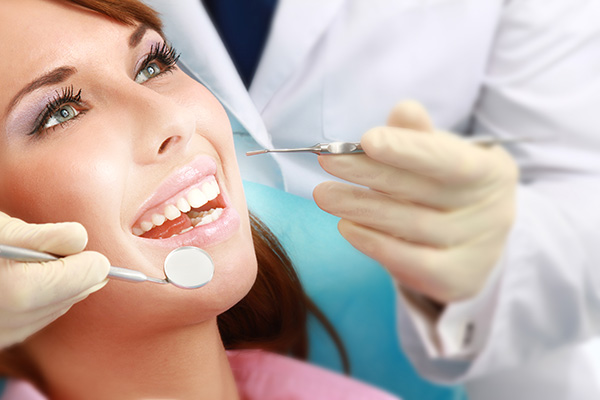



You decide you want a teeth whitening treatment. You consider using a teeth whitening tray at home, but is this the right choice? Discover the pros and cons of at-home trays. With the following information, you can decide whether to use the trays in an informed manner.
Why use a teeth whitening tray
Results can sometimes compare to those in-office
Patients who opt for the proper products may get similar results to in-office teeth whitening. Those results require dentist-dispensed or approved whitening agents. Patients should also opt for custom-fitted whitening trays for the results. Custom trays ensure contact between the teeth and bleach. The trays also prevent saliva from entering, as moisture reduces effectiveness.
Costs less
Most patients who consider home teeth whitening trays do so because of cost. These treatments can easily be under $100. Even those from dentists typically do not exceed several hundred dollars. By contrast, in-office teeth whitening is more expensive. That higher cost comes from professional tools and ingredients combined with the dentist’s time.
Highly convenient
Convenience is another factor inspiring people to choose at-home teeth whitening trays. Patients can plan the treatment around their schedule. There is no need to drive to book an appointment, drive to the dentist and sit in the waiting room. At-home treatments can occur at a moment’s notice.
Similar method to that of dentists
Home teeth whitening trays appeal to patients because this is similar to what dentists use. Patients can even get custom-fit trays for a process nearly identical to that at the dentist. The difference is the concentration of the gel and the experience of the dentist.
Office visits deliver better, quicker results
Patients who use teeth whitening trays at home do not get the same results as those in a dental office. At the very least, results take longer to achieve. Dentists can use enhanced technology for quicker, stronger results. Dentists also use bleaching agents with higher concentrations.
In-office whitening treatments may take just 15 to 30 minutes, typically less than 45. At-home whiteners, by contrast, require at least a half hour to hour daily. In-office whitening shows results after a single session. By contrast, at-home trays may take as many as 10 or more days for results.
Patients who use at-home teeth whitening trays may also experience more color variation. Dentists eliminate this via a thorough cleaning before the treatment. That in-office cleaning is much more effective than simply brushing at home before using the trays.
In-office teeth whitening is not risky
Teeth whitening performed by a dentist will not be harmful. Whitening always uses strong chemicals, so there is a risk. If someone does not properly apply the product at home, they can experience discomfort and pain. Dentists will always apply it properly. Furthermore, dentists can confirm preexisting issues are treated. Otherwise, bleaching teeth in an unhealthy mouth may lead to poor results and extreme pain.
Conclusion
Home teeth whitening trays offer an affordable and convenient option. If you choose the right product and have patience, you can get the desired results. In-office whitening will be quicker. It will also have more uniform results. You must choose which elements are more important to you.
Are you considering teeth whitening in the Union area? Get more information at https://www.ismiledentalcarenj.com.
Check out what others are saying about our services on Yelp: Read our Yelp reviews.
Related Posts
When it comes to restoring damaged or weakened teeth, dental crowns provide an effective and lasting solution. Dental crowns are custom-made caps placed over a tooth to restore shape, size, strength, and appearance. Understanding the different types of dental crowns available can help patients make informed decisions about their dental care.Porcelain crowns are crafted entirely…
An emergency dentist provides immediate care for urgent dental issues. Dental emergencies can happen anytime, often causing pain or discomfort that cannot wait for a regular appointment. Recognizing the signs of a dental emergency helps patients seek the right care quickly and can prevent further complications and protect their oral health.A dental emergency calls for…
Seeing a preventive dentist is a vital part of your oral healthcare routine each year. However, many people skip this essential step because they do not want to spend time at a dental office. Fortunately, a preventive dentist provides many valuable services that can help your smile last a lifetime and stop future issues before…
Looking into the different teeth whitening options and wondering if you should choose the professional route? Even though it is easier than ever to whiten one’s teeth with over-the-counter options, generic whitening options tend not to be a good idea for many people. Ready to find out more about the professional teeth whitening route?Learning the…


